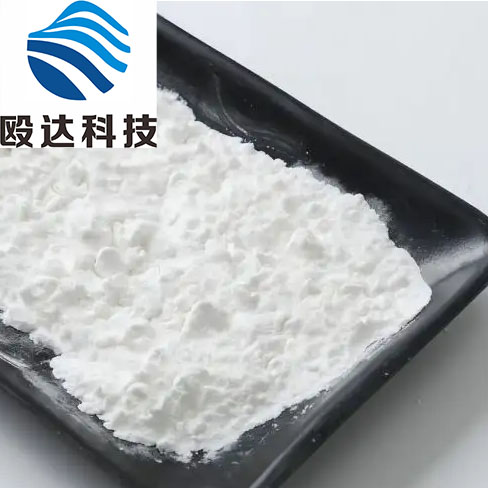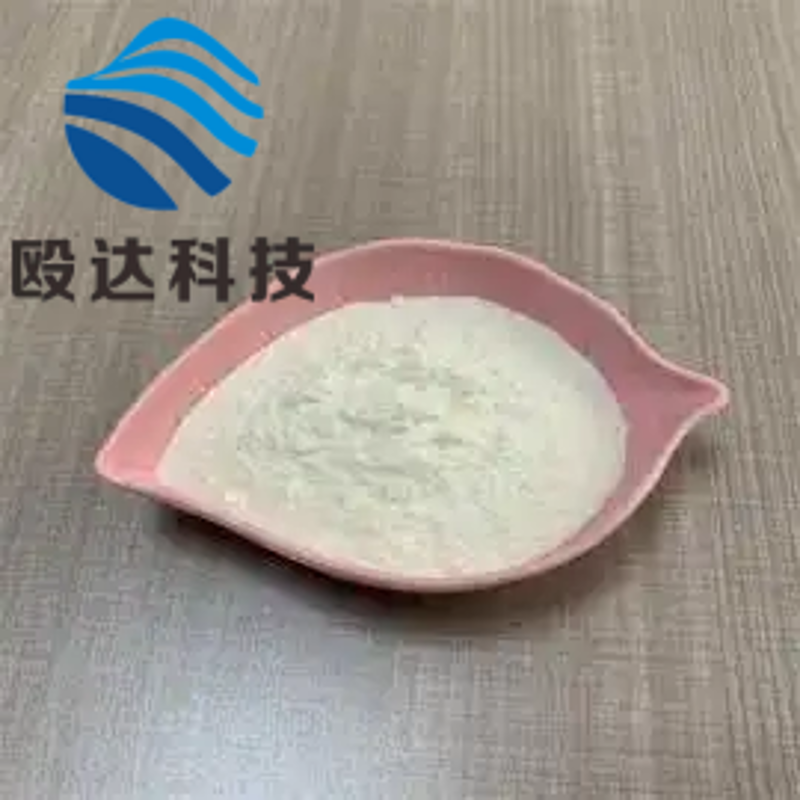-
Categories
-
Pharmaceutical Intermediates
-
Active Pharmaceutical Ingredients
-
Food Additives
- Industrial Coatings
- Agrochemicals
- Dyes and Pigments
- Surfactant
- Flavors and Fragrances
- Chemical Reagents
- Catalyst and Auxiliary
- Natural Products
- Inorganic Chemistry
-
Organic Chemistry
-
Biochemical Engineering
- Analytical Chemistry
- Cosmetic Ingredient
-
Pharmaceutical Intermediates
Promotion
ECHEMI Mall
Wholesale
Weekly Price
Exhibition
News
-
Trade Service
The pathogenesis of retinopathy is similar to type 1 and type 2 diabetes, and both are directly related to hyperglycemia, but lipid metabolism has also attracted people's attention
.
The peroxisome proliferation receptor alpha (PPAR-α) agonist fenofibrate, which is commonly used to lower serum triglycerides, was found in two large randomized controlled trials to slow the progression of retinopathy
Among them, in the FIELD study, 9795 adults with type 2 diabetes were followed up for about 5 years.
The probability of retinopathy in the fenofibrate group requiring the first laser treatment was significantly lower than that of the control group (HR 0.
69)
.
This result was mainly observed in participants with existing retinopathy
The probability of retinopathy in the fenofibrate group requiring the first laser treatment was significantly lower than that of the control group
In addition, in the ACCORD study, the rate of progression of retinopathy in the 2856 type 2 diabetic patients in the fenofibrate + simvastatin group was significantly lower than that in the placebo + simvastatin group (OR 0.
60), and the beneficial effects mainly appeared in mild cases.
In patients with high-grade retinopathy at baseline
.
In both trials, the slower progression of retinopathy in fenofibrate-treated subjects was not related to changes in blood lipids
.
Because diabetes can affect the structure and function of bone marrow, the transport of bone marrow-derived cells to peripheral blood and tissues is impaired
.
The lack of circulating hematopoietic stem/progenitor cells (HSPCs) and their progeny endothelial progenitor cells is associated with the development of chronic diabetic complications, including retinopathy
Purpose: In two large randomized controlled trials, fenofibrate reduced the progression of diabetic retinopathy
.
We investigated whether fenofibrate increases circulating hematopoietic stem/progenitor cells (HSPCs), which have vascular properties and have been shown to prevent retinopathy
Method: We conducted a 12-week randomized controlled trial comparing fenofibrate and placebo
.
Patients with diabetic retinopathy and no other diseases that affect HSPCs are registered in the tertiary diabetes clinic and randomly receive fenofibrate or placebo based on the computer-generated serial number
Results: 42 patients with diabetic retinopathy were randomly assigned, 41 of them completed the treatment and were analyzed (20 in the placebo group and 21 in the fenofibrate group)
.
The average age was 57.
+ 6 6 + 6 +
Table 1 The effect of fenofibrate and placebo on HSPC levels
.
(Aj) Listed representative examples of HSPC phenotype and baseline
(Ae) After the treatment is over
(Fj) Participant analysis of the fenofibrate group
(A,f) Morphology of monocytes (lymph monocytes, LyMo) in SSC-A vs FSC-A
(B,g) Comparison of the total number of CD34 + cells
+(C,h) Comparison of the total number of CD133 + cells
+(D,i) Comparison of cells expressing both CD34 and CD133 in the upper right quadrant (Q2)
(E,j) Comparison of reduced expression of CD34 + cells
.
Absolute cell counts per milliliter of blood at baseline and after the end of treatment (12 weeks) report all HSPC phenotypes: CD34 + in panel (k), CD133 + in panel (I), CD34 and CD133 in panel (m), HSPCs defined To express CD34(n) in people with low CD45 expression
.
*P<0.
05 for the pairwise comparison between the group and the baseline
.
(Or) Changes in HSPC levels between the two groups for each phenotype
Prediction of the progression of diabetic retinopathy by fenofibrate and placebo
.
We use historical data to assess the relative CD34 + HSPC count (per 106 cells) and the annual progression rate of diabetic retinopathy+
(Age, gender, BMI, HbA1c, hypertension, dyslipidemia, macrovascular disease, and observation time)
.
Here, we plot the fenofibrate and placebo groups observed in this study,
As HSPC levels change from baseline, the estimated rate of progression of diabetic retinopathy changes
.
DR, diabetic retinopathy
Conclusion: Fenofibrate can increase HSPC levels in patients with diabetic retinopathy.
This mechanism may explain that fenofibrate can reduce the progression of retinopathy in previous studies
.
This mechanism may explain that fenofibrate can reduce the progression of retinopathy in previous studies
.
Original source:
Bonora BM, Albiero M, Morieri ML, et al.
Fenofibrate increases circulating haematopoietic stem cells in people with diabetic retinopathy: a randomised, placebo-controlled trial.
Diabetologia.
2021.
Leave a message here







